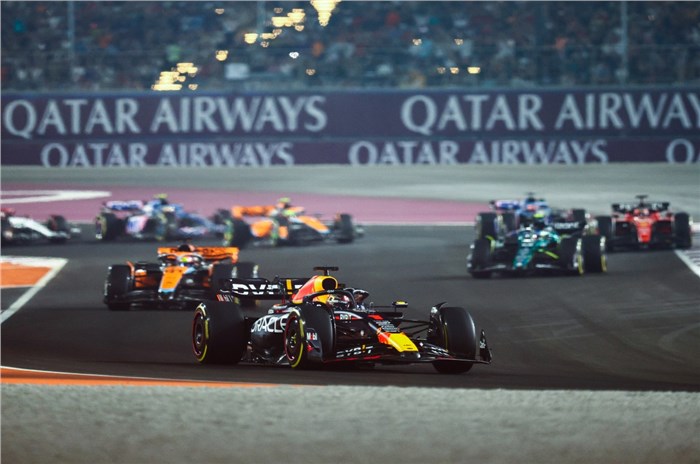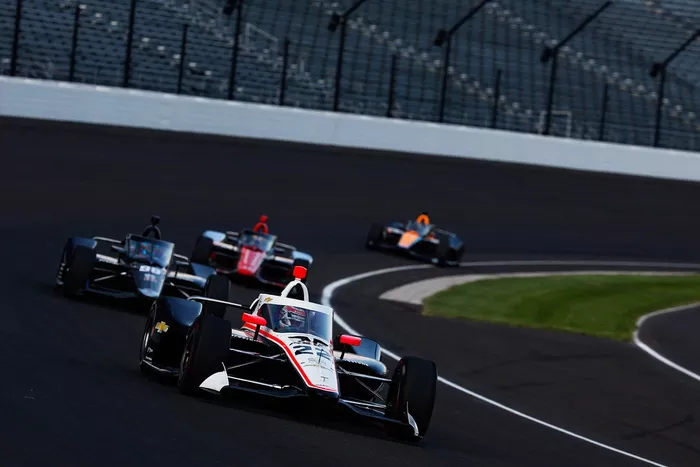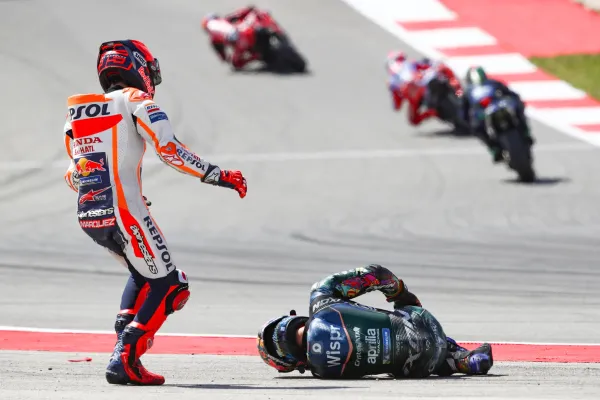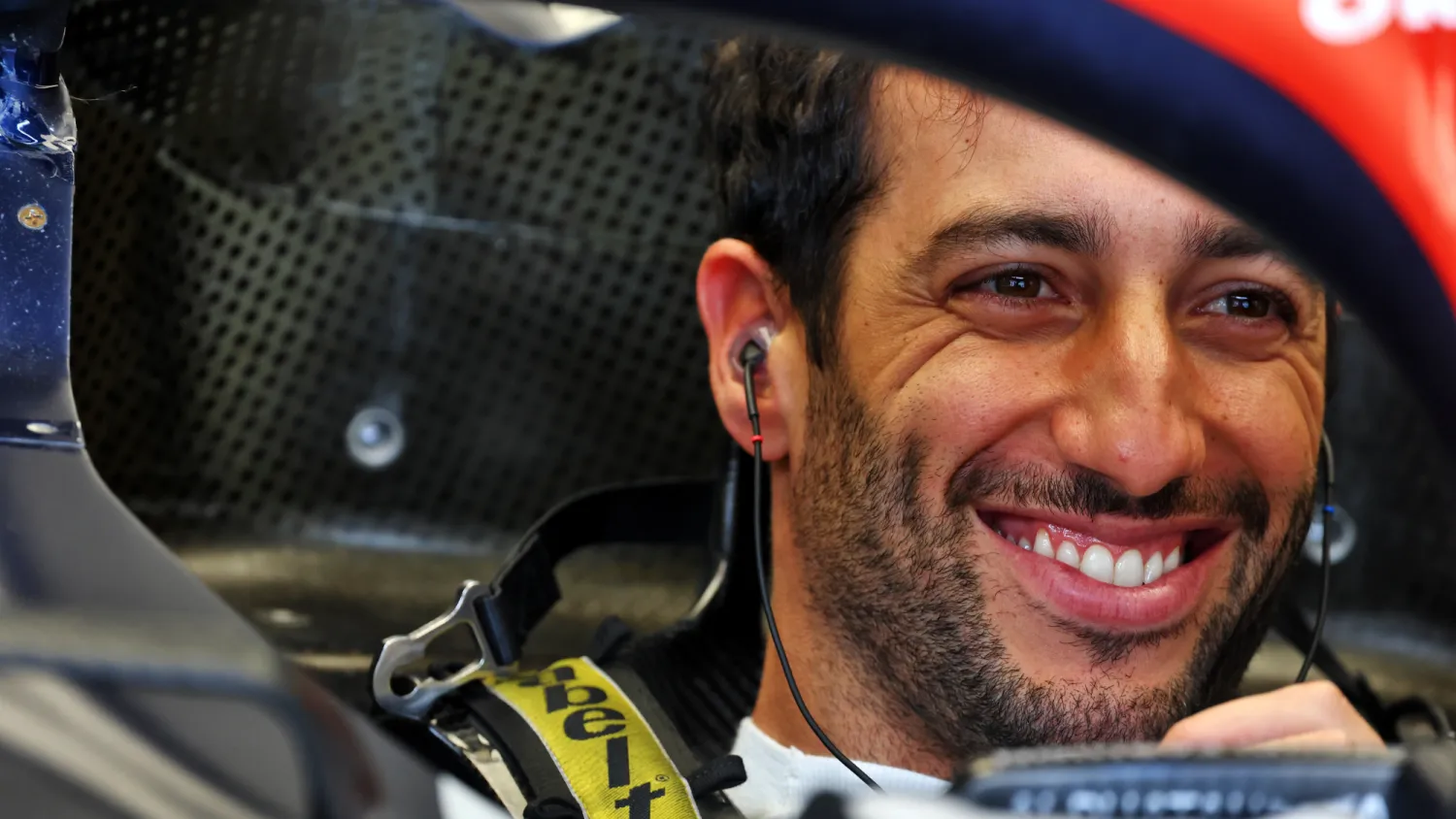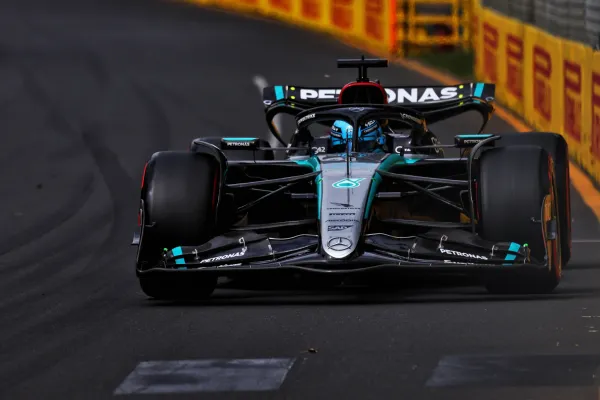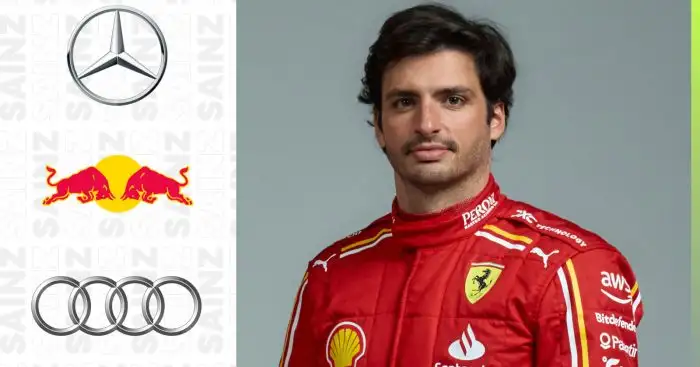F1 Likely To Test Automatic Rain Light System
Following work carried out by FIA specialists in recent weeks, the governing body has developed new software that will activate the rear red rain lights when conditions require it. The idea is that as soon as race control deems track conditions to be officially “low grip” due to rain, the software will make sure the rain lights come on. Previously, the F1 pilots were required to manually initiate the rain lights, which occasionally posed a potential problem as there was a chance they might not illuminate during deteriorating weather conditions. In the notes sent on Thursday(23rd Nov) from the Abu Dhabi Grand Prix by Formula 1 Race Director Niels Wittich, the teams were informed that, after the first free practice session on Friday(24th Nov), a short test would be launched to check if the introduction of the software worked.
“After all cars have taken the checkered flag, a double yellow sector and ‘Low Grip’ will be activated. After about 20 seconds, ‘Low Grip’ will be deactivated. Another 10 seconds later, the VSC will be activated. After approximately 20 seconds, the VSC will be deactivated,” he explained.
This short test should be enough for the FIA to judge whether the software changes have worked without problems, and if the test is successful, the changes will most likely be able to be applied full-time next year. The rain light test is part of a broader effort by the International Federation to improve the visibility of drivers in rainy conditions since the spray of current ground effect cars has been a problem that they have tried to solve with priority.
At the beginning of the year, the body carried out a test with the wheel arches, to reduce spray, but this first design was not effective enough, and FIA vice-president of Sport, Robert Reid, stated: “There is a challenge with the new aerodynamics in Formula 1, and it is something we are trying to solve.
“Anything we can do to reduce spray and increase visibility will be something we will work on,” FIA President Robert Reid continued. “At the moment there is no concrete solution, but, as seen in F1, there was a first step of learning towards some solutions. I know there was some criticism, and I read that it was a failure, but in any of these situations, you have We have to try things, and that’s exactly what we did”.
